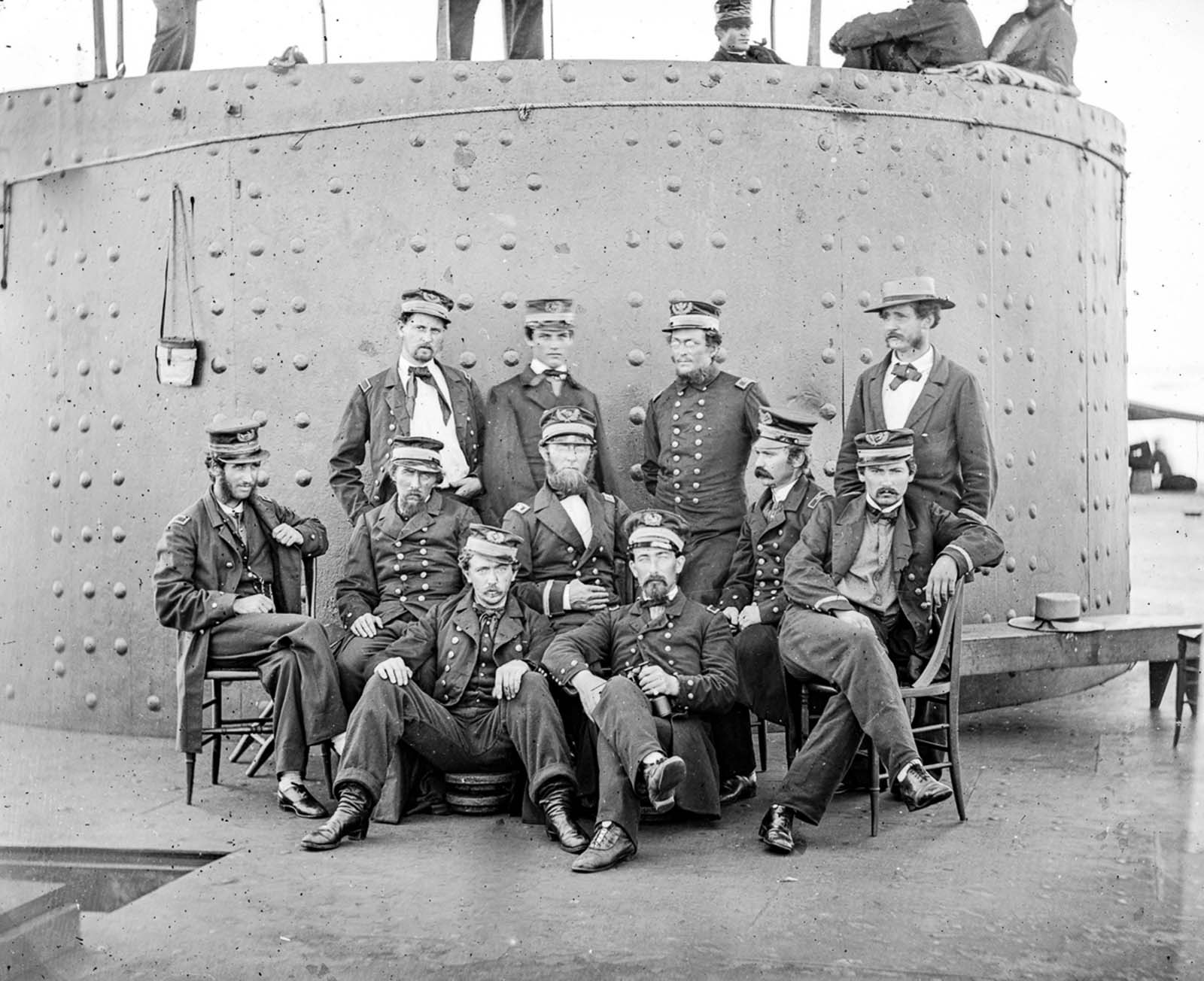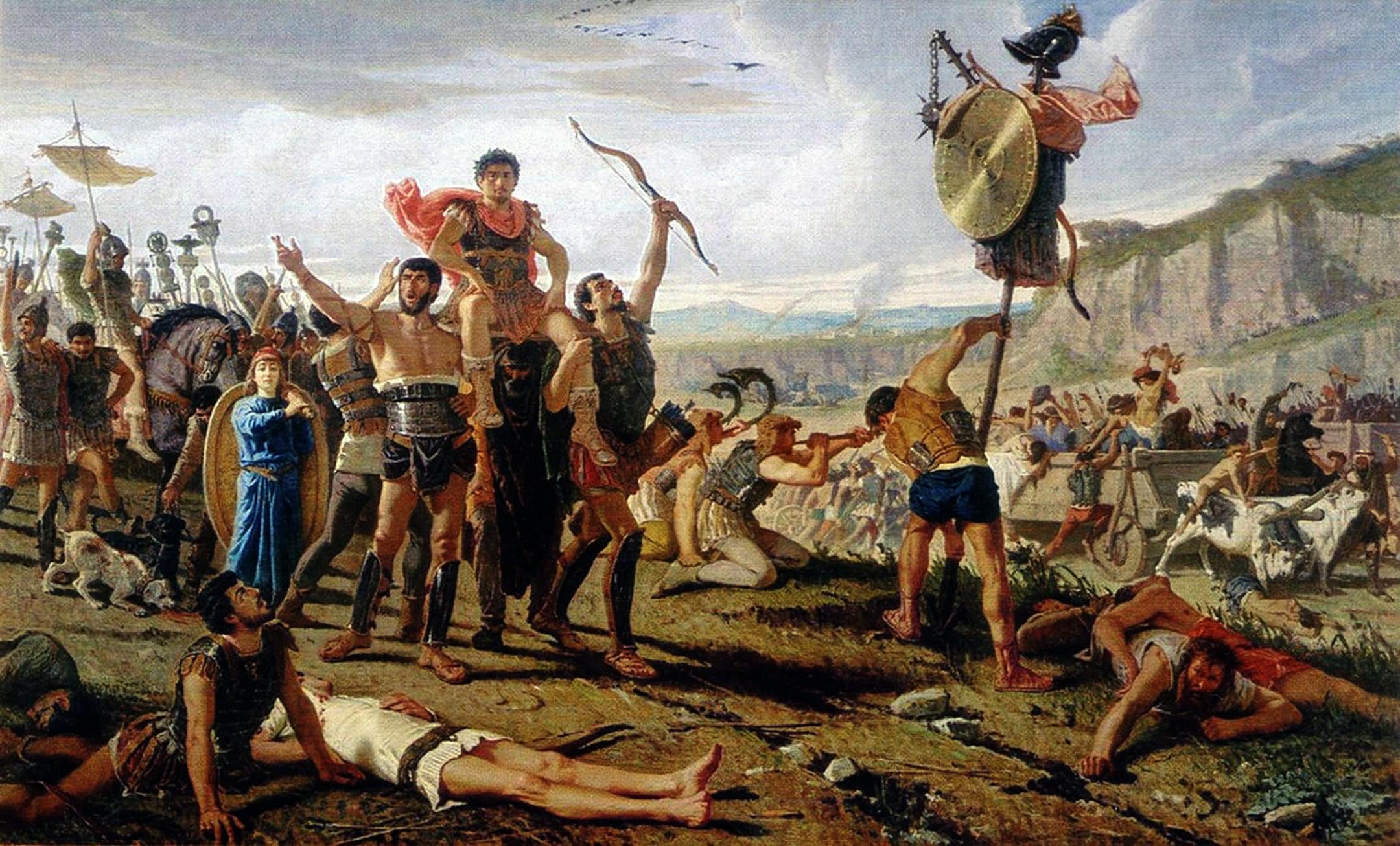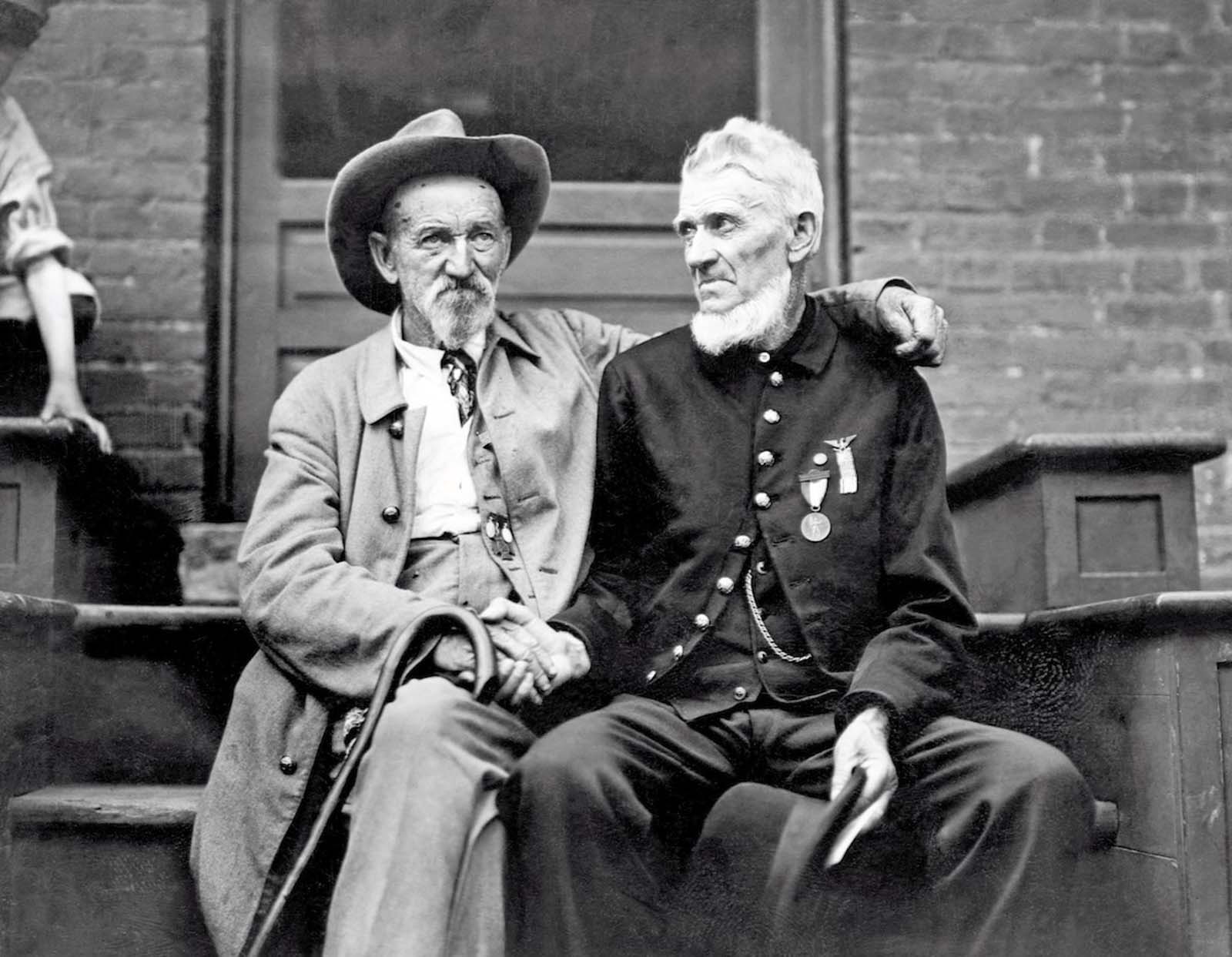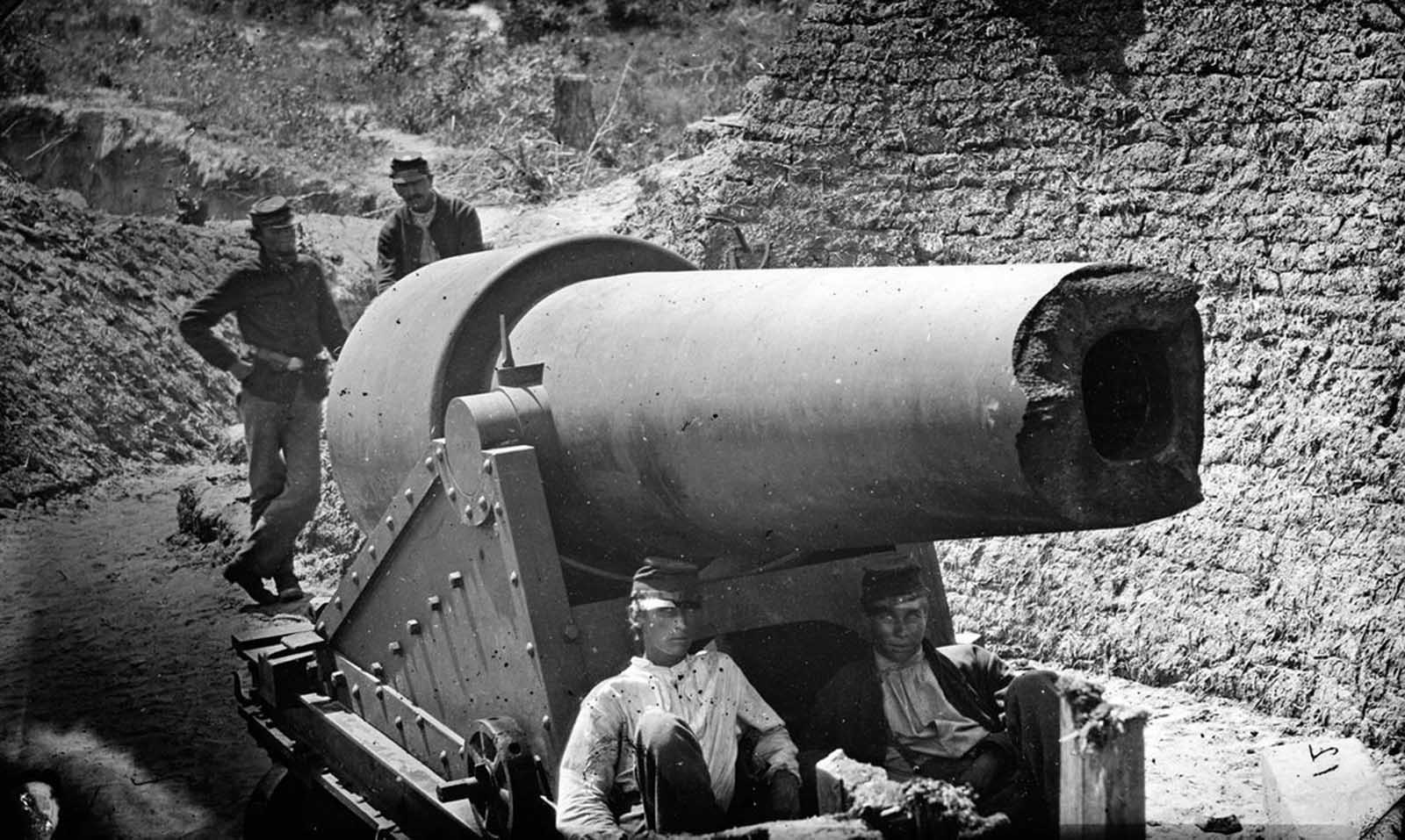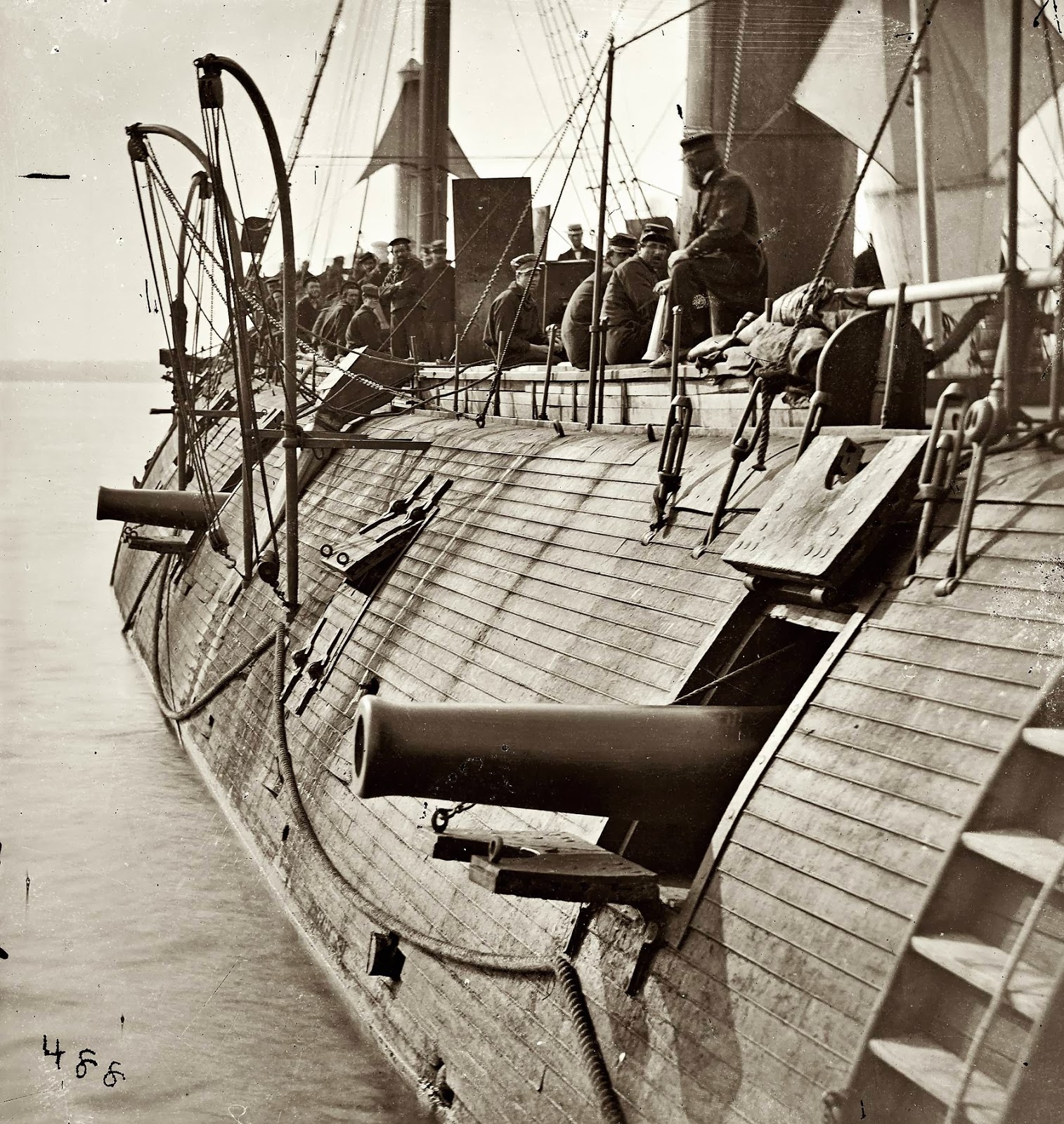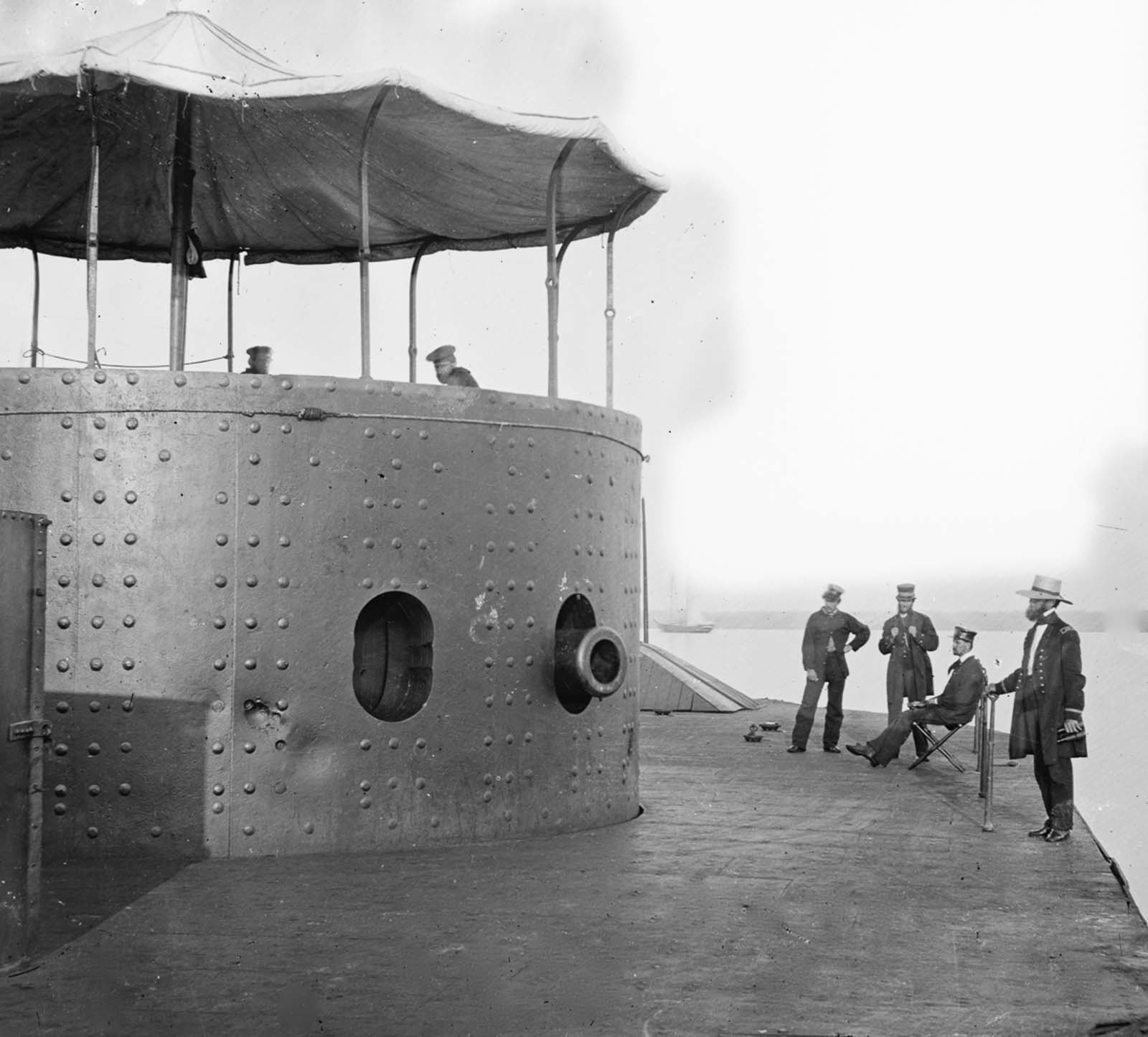
For a very long time, warships were built with heavy wood and propelled by human efforts and wind. However, the discovery of gunpowder engineered the first opportunity for machine-made materials as well as chemical energy.
This led to the development of ironclads in the early 1890s in the making of Warships. The ironclad is a steam-propelled warship protected by iron or steel armour plates. The wooden ships experienced lots of faults and were easily vulnerable to explosives. Gloire, the very first Ironclad Battleship, was put to sea by the French Navy in November 1859.
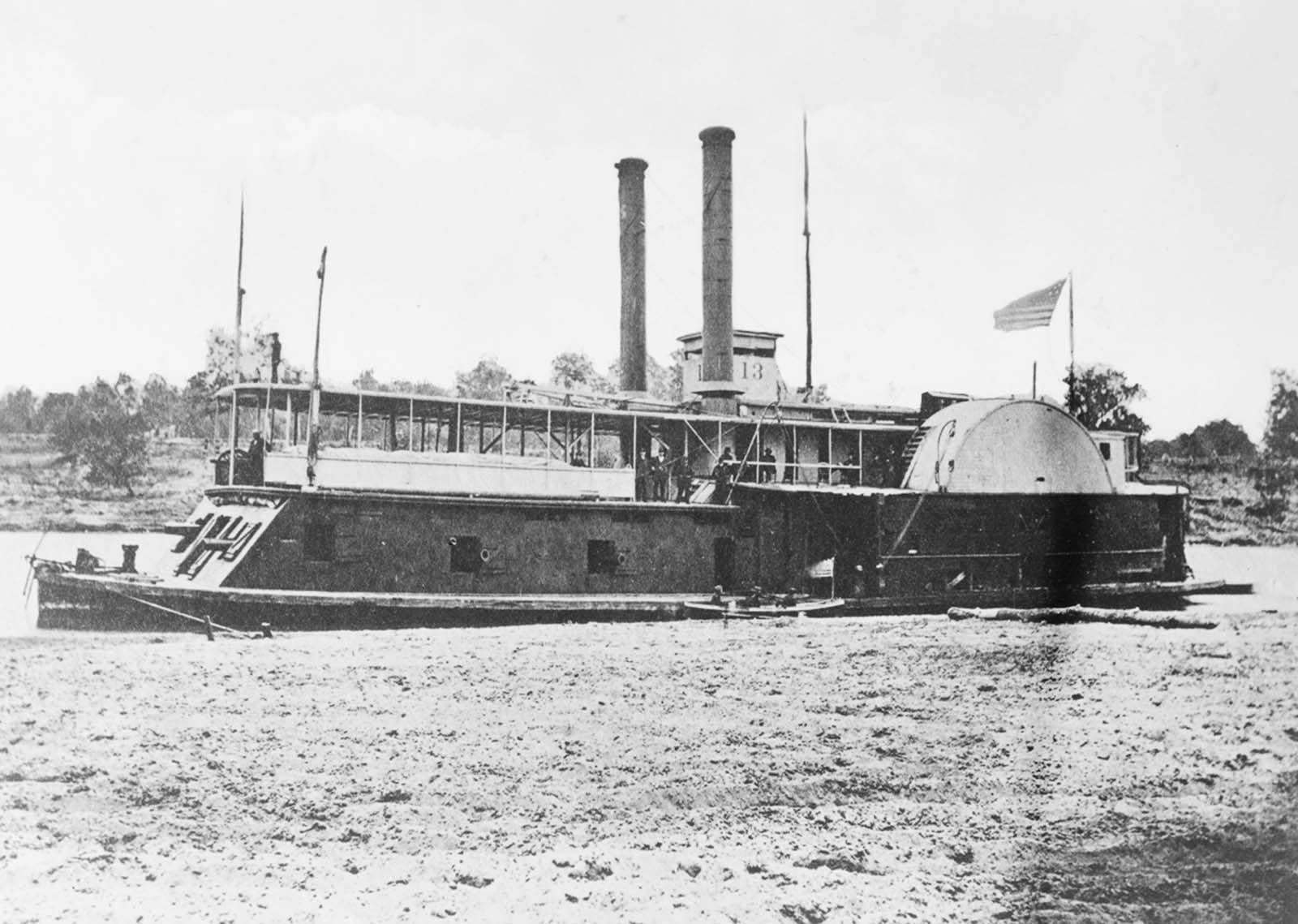
These ships were made for several uses. Some served as long-range cruisers and high sea battleships, and some were made to be coastal defence ships; soon, ironclad warships began to be constructed with high speed during the 19th century.
First created in Europe by the French, they were just standard ships with padded metals by the side to guide them against heavy firepower. These ships were more advanced, and these ships were equipped with heavier naval guns, and more efficient and faster steam engines. They were battleships or armoured cruisers and were first used to engage in battle in 1862 during the American civil war. They were at the Battle of Hampton Roads in Virginia and performed exceptionally well and served efficiently during the American Civil War
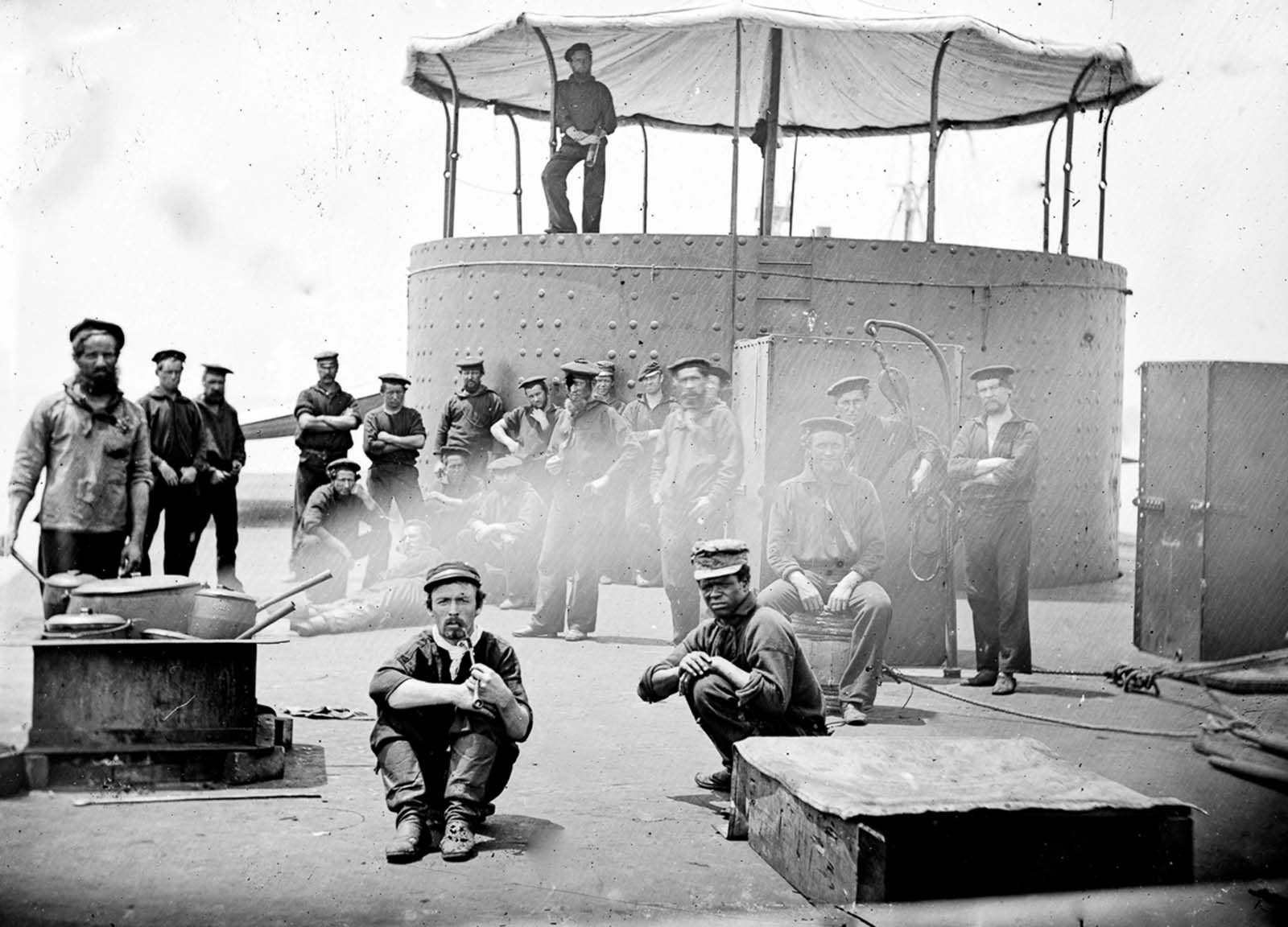
These steam-powered ships sat somewhat low in the water and were nearly completely covered with heavy plating, making them relatively impervious to standard gunfire, artillery, and even cannon fire.
And by 1862, naval forces all across Europe had begun getting and constructing ironclads. Britain and France each had sixteen either completed or began construction, though the British vessels were larger. Austria, Italy, Russia, and Spain were also building ironclads.
The Civil War sparked the construction of ironclads built by both sides and was an important step in strengthening and rebranding naval warships all over the world.
